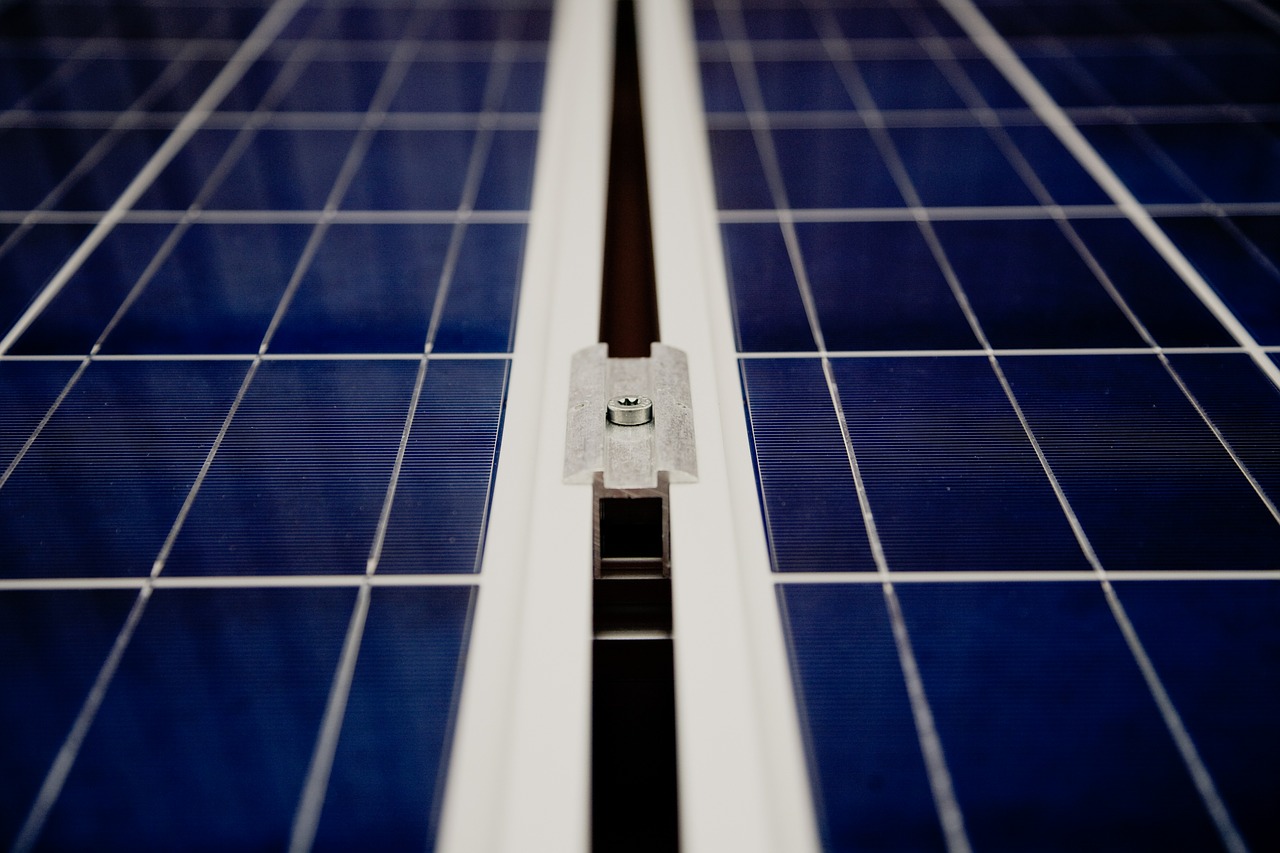
Image: CC0 Public Domain
An interdisciplinary team of researchers based out of the University of Illinois at Chicago believes they may have just changed the game in solar cell technology.
According to the recently published study, the team promises a solar cell that not only harvests energy, but cheaply and efficiently transforms atmospheric carbon dioxide into useable hydrocarbon fuel – all with a little help from the sun.
The new development differs from typical solar technology, where the cells convert sunlight into energy to be stored in batteries or other energy storage devices. Instead, the new research uses solar cells in a way similar to organic photosynthesis, just amplified.
By capturing dangerous greenhouse gases and converting them into alternative, clean fuels, the researchers believe a farm full of these “artificial leaf” solar cells could begin to significantly reduce the amount of carbon dioxide in the environment and help shift the energy landscape toward more green alternatives.
“The new solar cell is not photovoltaic—it’s photosynthetic,” says Amin Salehi-Khojin, senior author of the study. “Instead of producing energy in an unsustainable one-way route from fossil fuels to greenhouse gas, we can now reverse the process and recycle atmospheric carbon into fuel using sunlight.”
This from the University of Illinois at Chicago:
Salehi-Khojin and his coworkers focused on a family of nano-structured compounds called transition metal dichalcogenides—or TMDCs—as catalysts, pairing them with an unconventional ionic liquid as the electrolyte inside a two-compartment, three-electrode electrochemical cell.
The team found the best catalyst to be nanoflake tungsten diselenide.
“The new catalyst is more active; more able to break carbon dioxide’s chemical bonds,” says Mohammad Asadi, co-author of the paper.
The researchers believe that this technology could be applied to anything from solar farms to smaller applications. Additionally, they believe this technology could be useful on Mars in the future, where it could reduce the amount of carbon dioxide in the atmosphere.
“The results nicely meld experimental and computational studies to obtain new insight into the unique electronic properties of transition metal dichalcogenides,” says Robert McCabe, NSF program director. “The research team has combined this mechanistic insight with some clever electrochemical engineering to make significant progress in one of the grand-challenge areas of catalysis as related to energy conversion and the environment.”


